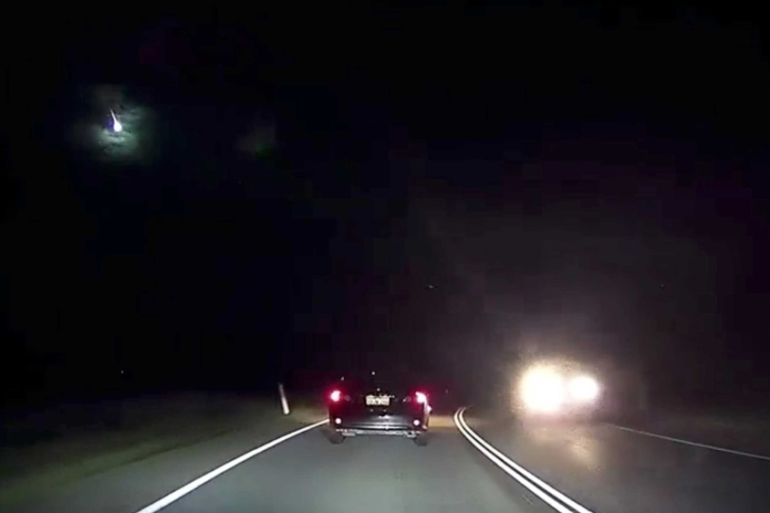Western Australia has its wettest, and driest, winter in years
Australia has an historic drought and some record-breaking cereal-growing weather, at the same time.

Statistics are oddly flexible things and, in the case of rain gauges, tell us only about the local area. A network of rain gauges obviously gives a better representation of a region. However, long-term records in one place are a useful indicator, as they have been recently in Australia.
In the town of Ravensthorpe, some 500km southeast of Perth, the gauge has caught just 85 millimetres of rain this season, 60mm short of its average. This is the town’s driest winter in 16 years. In fact, this part of Western Australia is suffering a record drought at the moment.
Keep reading
list of 4 itemsAsia bears biggest climate-change brunt amid extreme weather: WMO
Photos: Highest-level rainstorm warning issued in south China’s Guangdong
Europe endured record number of ‘extreme heat stress’ days in 2023
Perth, however, is entirely at the other end of the scale and the western end of the state. Mount Lawley, the now official rain gauge, measured a mere 19mm on Wednesday but that was enough: at over 178mm, this has now been the wettest month since 1993, possibly since 1965.
But, as Neil Bennett of Australia’s Bureau of Meteorology comments: “There is a little bit of a question mark because we do have a gap in our coverage for the rain gauges for Perth because we didn’t have any information recorded in 1992 and in that year the airport recorded 193.2mm.”
Anyway, the season is a far cry from the wettest winter on record, which was 1945, when 957.1mm of rain fell. That was a highly unusual year. So far, 2018 has recorded just over 456mm, making it the wettest winter in 15 years and a boost for gardens, parks and the wheat belt.
The winter wheat is looking like the best crop in the country and assuming good harvesting weather, will be welcome as a local, national or international export.